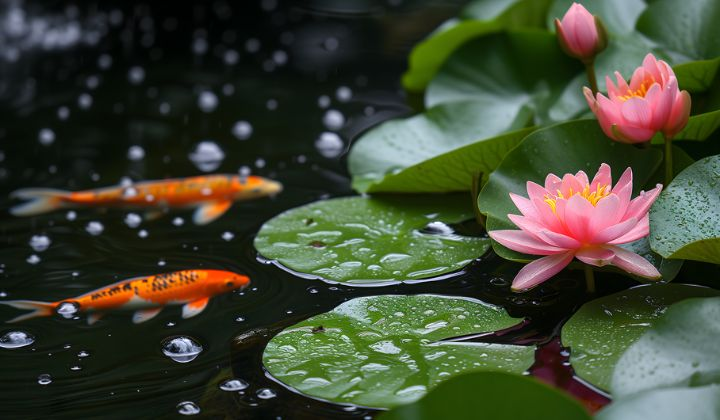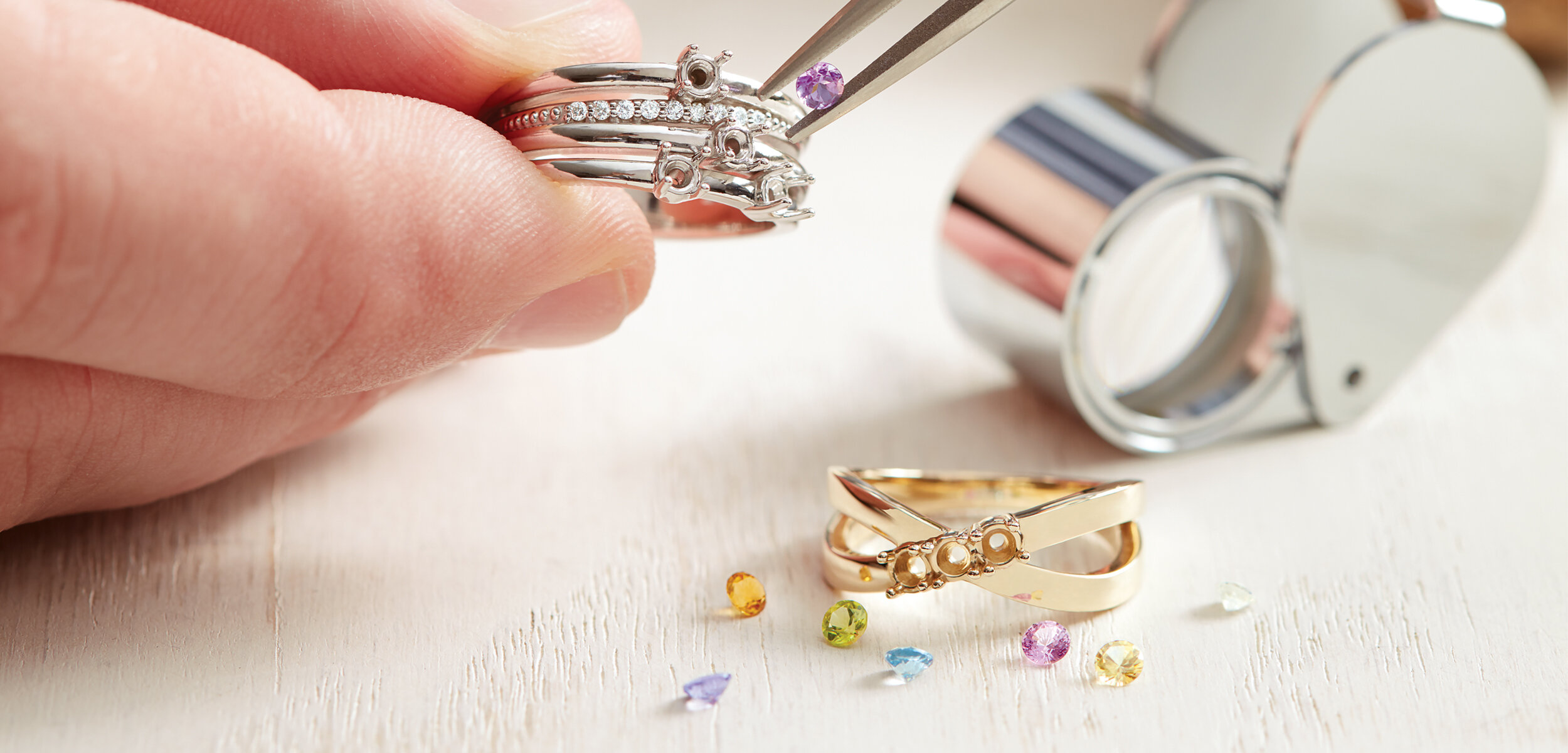Imagine a peaceful garden pond with colorful fish gliding through the water. These beautiful fish are koi, known for their bright colors and graceful movements. Koi fish are popular for their beauty and the sense of calm they bring to outdoor spaces. But what exactly are koi fish, and why are they so special? Let’s find out.
What Are Koi Fish?
Koi fish are large, colorful varieties of carp that have been bred for their striking colors and patterns. Originally from Asia, koi are not a separate species but are a type of Amur carp selectively bred to enhance their colors. Their hues can range from vibrant reds and oranges to soft blues, whites, yellows, and even black. Some koi have unique patterns, such as black spots called “sumi” that add character to their appearance.
Origins and Cultural Significance
Koi fish originated in China and were later introduced to Japan, where they were bred into various ornamental types. Initially raised as a food source, koi became valued for their unique colors and patterns. Over time, they became symbols of strength, perseverance, and good luck. In Japanese culture, koi are admired for their ability to swim upstream, symbolizing determination and resilience. They are also seen as symbols of prosperity and harmony.
Physical Characteristics and Varieties
Koi are known for their size, often growing up to 2-3 feet long. Their sleek, torpedo-shaped bodies and flowing fins make them graceful swimmers. Koi varieties are identified by their colors and patterns. Some of the most popular types include:
- Kohaku: White with red markings.
- Taisho Sanke: White with red and black patterns.
- Showa Sanshoku: Black with red and white patterns.
- Tancho: White with a single red spot on the head.
- Asagi: Blue-gray with red on the belly and fins.
Why Keep Koi Fish?
Keeping koi fish brings a sense of peace and beauty to any garden. Their flowing movements and vibrant colors can be soothing to watch. Koi are known for their long lives, often living for several decades with proper care. They are also friendly and can learn to recognize their owners, even eating from their hands, making them interactive and enjoyable pets.
Creating the Ideal Koi Pond
Setting up a koi pond requires planning and attention to detail. The pond should be large enough for the fish to move around comfortably, with good water quality and a filtration system to keep it clean. A pond depth of 1.5 to 2 meters is ideal, and the size will depend on how many fish you plan to keep.
Filtration and Maintenance
Since koi are active and produce waste, a strong filtration system is essential. A good system will have mechanical, biological, and chemical filtration stages to keep the water clear and safe. Adding a UV sterilizer can also help control algae growth. Regular maintenance includes removing debris, cleaning the filters, and monitoring water quality to prevent issues.
Maintaining Water Quality
Koi thrive in clean, well-oxygenated water. Test the water regularly for pH, ammonia, nitrite, and nitrate levels. Ideally, the pH should be between 7.0 and 8.0. Keep the water temperature consistent and perform partial water changes regularly to maintain a healthy environment.
Feeding and Care
Feed koi a balanced diet of high-quality pellets designed for their nutritional needs. You can also offer occasional treats like fruits and vegetables. Feed them more in warmer months when they are more active, and reduce feeding when temperatures drop.
Conclusion
Caring for koi fish can be a rewarding hobby that brings beauty and tranquility to your garden. By providing a well-designed pond, maintaining good water quality, and offering proper nutrition, you can enjoy these colorful companions for years to come. Koi fish not only add visual appeal but also create a calming presence, making them a cherished addition to any outdoor space.




